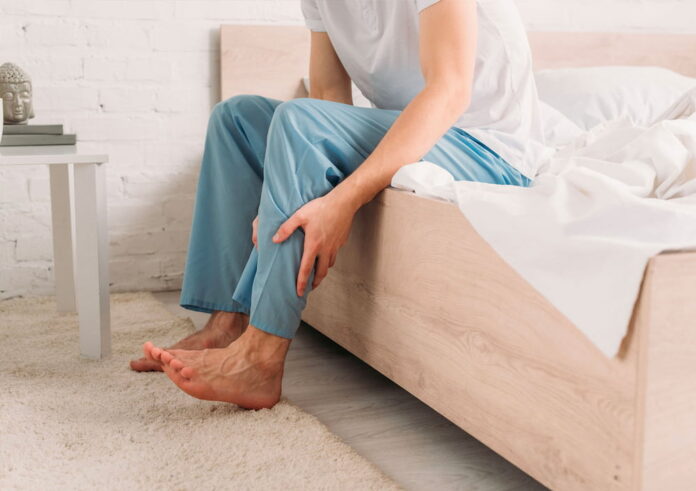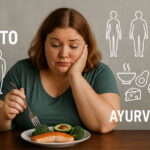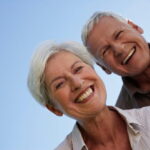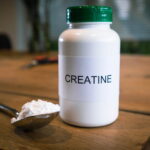Varicose veins are caused by circulatory system dysfunction. Although varicose veins can appear everywhere on the body, they are most commonly found in the legs. Varicose veins are linked to several leg disorders. What are these syndromes, and how do they affect varicose veins? In this post, we will solve these doubts, and you will learn more about varicose veins.
Varicose veins, a problem beyond aesthetics
Varicose veins are mostly considered only an aesthetic problem because of the appearance they cause on the skin. When they affect the legs, these veins are visible to the naked eye because they protrude from the skin due to dilatation.
Varicose veins are distinguished by their shape: bulging, twisted, blue, and reddish. This appearance results from an accumulation of blood and a widening of the veins. In some cases, improper blood flow may lead to the formation of life-threatening blood clots.
Symptoms of varicose veins
Depending on the severity of the condition, people with varicose veins in the legs may experience the following:
– Night cramps
– Pain
– Swelling, itching, and heaviness in the legs
– Irritation and changes in skin coloring
– Ulcers
Symptoms may worsen after prolonged standing or sitting. Sometimes varicose veins can limit a person’s activities.
People more likely to have varicose veins
Some factors increase the likelihood of varicose veins. Some of these factors are:
– Older age
– Family history of circulatory problems
– Sedentary lifestyle
– Obesity
– Being a woman
Syndromes of the legs and their relation to varicose veins
Some syndromes have been related to the presence of varicose veins; however, this association is still unclear. Among these syndromes are:
1) Restless legs syndrome
People suffering from this syndrome have an uncontrolled impulse to move their legs due to severe discomfort. The feeling is briefly relieved by movement. It is more prevalent in the evening or at night, and many have involuntary leg movements while sleeping.
The origin of this condition is unknown at this time, although it can induce sleep disruptions and daytime tiredness. Varicose veins and venous insufficiency are prevalent in persons with restless legs syndrome, but their association is uncertain.
2) Periodic limb movement disorder (PLMD)
PLMD is a condition in the legs that causes them to move uncontrollably while the person sleeps. The contractions in the legs occur every 20 to 40 seconds during sleep and can last from less than 1 second to 10 seconds. These nocturnal movements do not awaken the sufferer but can be perceived by the bed partner.
However, this disorder can disrupt sleep because it may occur just as the person falls asleep. The causes of this disorder are unknown, but it is common for people with narcolepsy to have it.
Doctors who treat this disorder evaluate whether the person has a vascular disease or varicose veins. These conditions can also cause involuntary movements and discomfort in the legs during sleep.
3) Economy class syndrome
This syndrome refers to the appearance of blood clots due to poor mobility. It is named after various factors related to a flight (such as immobilization, low humidity, and hypobaric hypoxia) and the person’s condition (obesity, use of contraceptives).
People who are older, obese, have cancer, or have recent surgeries are more likely to suffer venous thromboembolism during air travel. Also, people with varicose veins have a moderate risk of clot creation.
Conclusion
Varicose veins are a common problem among the female population. While it is not yet known how the leg syndromes related to varicose veins, physicians have observed that some patients with varicose veins have some of the previously mentioned syndromes. See a vein doctor if you have varicose veins; they can help you find the best treatment.
Read Also
- Why the Keto Diet Works for Some People—and Fails Dramatically for Others: An Ayurvedic Breakdown for Modern HealthcareThe keto diet has dominated weight-loss culture for years. For some people, it produces rapid fat loss, stable energy, and improved mental clarity. For others—especially those who gain weight easily—it leads to burnout, digestive distress, rebound weight gain, high cholesterol, and a metabolism that feels slower than before. Healthcare often frames this as a discipline… Read more: Why the Keto Diet Works for Some People—and Fails Dramatically for Others: An Ayurvedic Breakdown for Modern Healthcare
- How to Choose the Best Assisted Living Facility for SeniorsAre you looking for the right assisted living facility for a senior loved one? Choosing a place can feel overwhelming. There are many factors to consider, from care services to the environment. Safety, comfort, and social opportunities play important roles in daily life. Each senior has unique needs and preferences that must be met. Understanding… Read more: How to Choose the Best Assisted Living Facility for Seniors
- Burn Smart, Not Hard; Shape Burn: Clean Protein for Weight ManagementYou want to feel light, strong, and confident. You don’t want crash diets or fake promises. You need a plan that works with your body, not against it. That’s where Shape Burn comes in. You can burn fat without losing strength. You can eat better and stay full. You can manage weight in a way… Read more: Burn Smart, Not Hard; Shape Burn: Clean Protein for Weight Management
- Creatine Basics: How Much Is 5g, How Much Water You Need, and Whether Pills or Powder Work BetterIf you’ve ever walked into a supplement aisle or scrolled through fitness TikTok, you’ve probably seen people talking about creatine — usually with a shaker bottle in hand and promises of better workouts and faster gains. And honestly? They’re not wrong. Creatine is one of the most researched and effective supplements for muscle strength, recovery,… Read more: Creatine Basics: How Much Is 5g, How Much Water You Need, and Whether Pills or Powder Work Better
- Understanding Breast Cancer in Men: Key Facts and SymptomsBreast cancer is often thought of as a disease that only affects women. However, men can develop it too. Although it is less common, early detection and awareness are important. Read on to learn key facts, symptoms, and ways men can take action to protect their health. How Common Is Breast Cancer in Men? Breast… Read more: Understanding Breast Cancer in Men: Key Facts and Symptoms






